Porphyrite: types, properties and applications
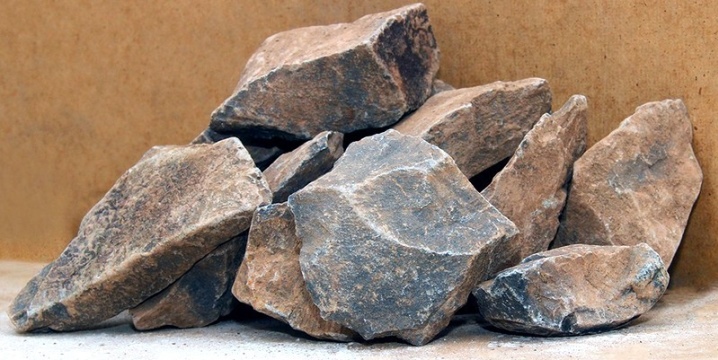
Porphyrite stone is a volcanic rock. A characteristic feature of this mineral is that there is no such element as quartz in its chemical composition. But thanks to a wide range of positive qualities, porphyrite is used in a wide variety of areas of human activity.
In the article, we will consider in detail what a stone looks like, what are its chemical and physical properties, as well as what types of porphyrite exist in nature. Let's get acquainted with all its distinctive features, features and characteristics.
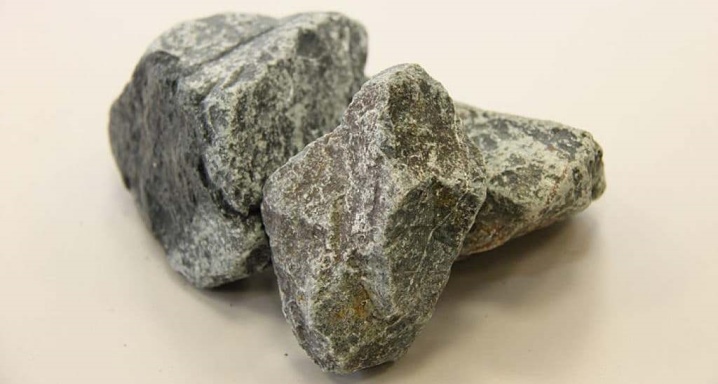
What it is?
Porphyrites are minerals that have a porphyry structure. This means that this rock has an uneven-grained structure, consisting of relatively large inclusions. Ideally, porphyrite is a tough, gray-brown stone. However, the gray color will not always be uniform - often in the structure of the mineral you can see a large number of inclusions and inclusions, which can have a wide variety of shades (yellowish, pinkish, white, and others).
As for the physical and mechanical characteristics of this mineral, they are as follows:
- the specific gravity of the stone is calculated at 1.45-2.5 kg / cm3;
- density is 1450 kg / m3;
- specific heat capacity - 0.83 kJ / kg * K.
Moreover, the latter indicator is quite important when using porphyrite in baths and steam rooms.
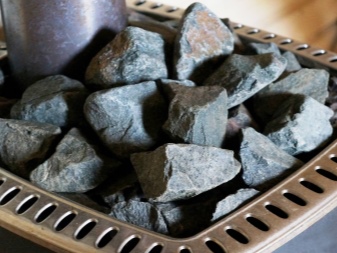
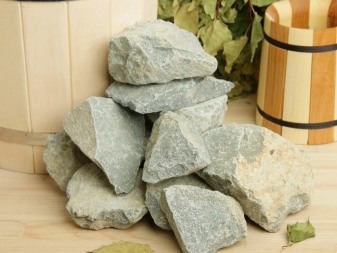
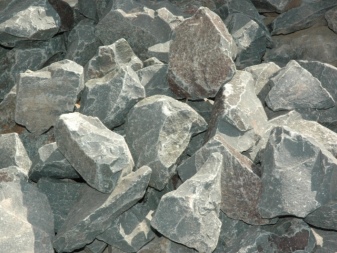
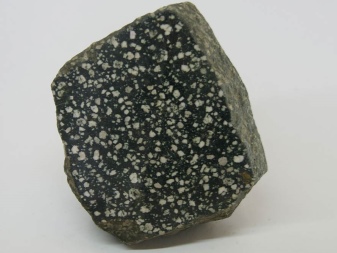
Origin and deposits
Porphyrite is a naturally occurring mineral. If we talk about the nature and method of its origin, then it is formed only in one case - in the course of microlith processes, which are inherent in the basic formula of lava. Moreover, the lava should be near the surface of the day. Porphyrite belongs to the category of secondary metamorphosed rocks. Perlite has been displaced from the composition of this mineral due to the processes of epidotization and chloritization.
Deposits of this stone are widespread throughout the world. So, the largest development of the mineral can be found in various countries and regions. It:
- Caucasus;
- Siberia (eastern regions);
- Altai;
- Far East;
- Kazakhstan;
- Ukraine;
- Bashkortostan.
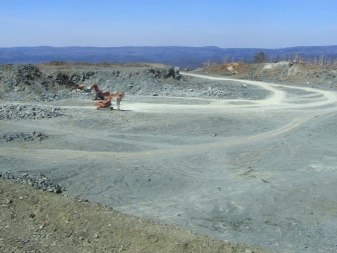
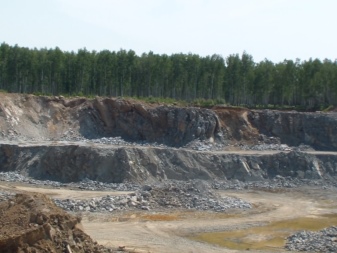
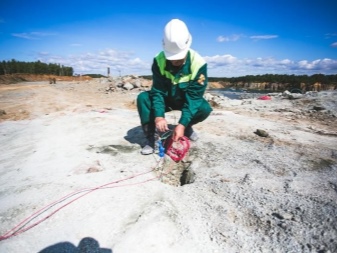
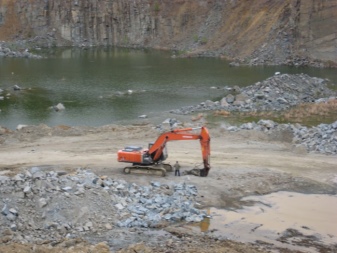
The stones found in different deposits can vary significantly in their properties. This should be taken into account when using porphyrite.
Due to such a wide distribution in the market and in stores, porphyrite can be found at very affordable prices, which ensures the availability of the mineral for almost all social strata of the population.
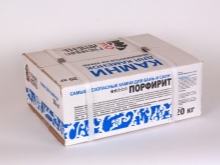
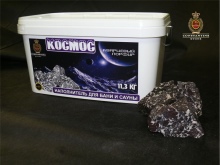
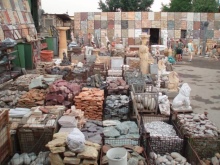
Composition and properties
By its texture, porphyrite is a fairly strong and hard material. If we talk about the composition of the stone, it should be noted that its inner layers may include elements such as:
- plagioclase;
- aluminosilicates;
- chlorites;
- biotites and others.
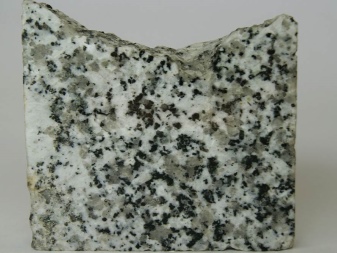

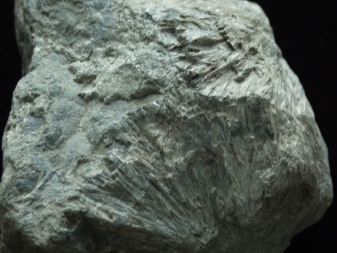
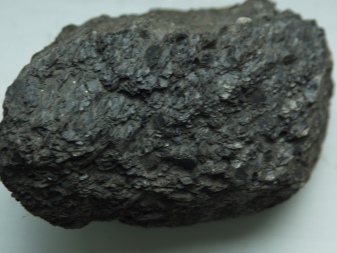
The chemical composition of the stone is also not uniform. The composition of the mineral rock includes such components and compounds as:
- silica (its volume is half of the total composition);
- aluminum oxide (about 20% of the total);
- iron oxide (about 10%);
- calcium oxide (about 10%).
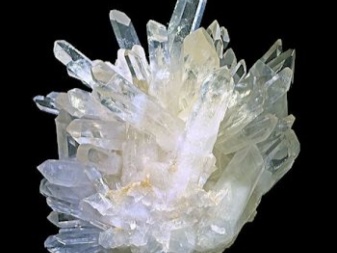
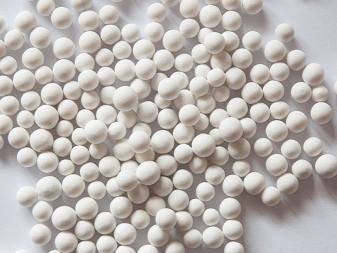
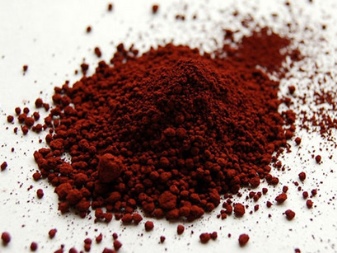
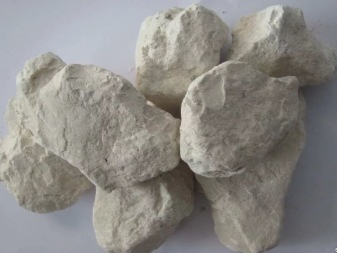
However, the composition of the stone may also contain some harmful compounds, for example, sulfides, which can harm the human body.In order to detect them with the naked eye, you need to look closely at the surface of the mineral - if you notice a large number of inclusions of a metallic or golden hue, then it is better to refuse to purchase such a stone.
The melting point of porphyrite is quite high and cannot be achieved under natural conditions. This figure is about +1 200 degrees Celsius.
With such a rich chemical composition, porphyrite is endowed with many positive characteristics that are highly appreciated when using the mineral.
It is believed to have a beneficial effect on the human body. So, it has the ability not only to alleviate the course of certain diseases, but also to act as a preventive and relaxing agent. It is thanks to these characteristics that the material has become widespread.
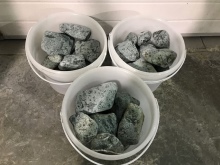
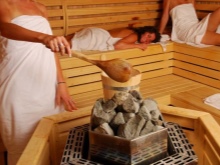
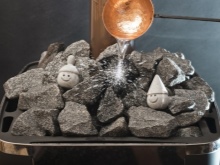
Among these properties are:
- saturation of the atmosphere with substances favorable to the human body;
- normalization of blood pressure;
- restoration of the working capacity of the circulatory system (in particular, blood vessels);
- prevention of kidney diseases, as well as diseases associated with the genitourinary system;
- headache treatment;
- facilitating the breathing process;
- creating the effect of relaxation and relaxation for the body.





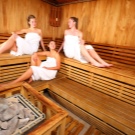
Varieties
Despite the fact that porphyrite itself is a rather unique stone, depending on the chemical composition and structure, as well as the external color, scientists have identified several varieties of an unusual mineral.
The mineral has physical and chemical properties that are unique in nature, which must be taken into account when using a stone. There are several varieties of porphyrite, which differ not only in appearance, but also in internal structure, respectively, depending on the specific type of volcanic rock, its properties may change.
Let's consider each of them in more detail.
Basalt
Thanks to the name of this variety, we can conclude that the mineral contains a large amount of basalt. However, in addition to it, another element can be found in the composition of basaltic porphyrite, in particular, dolerite.
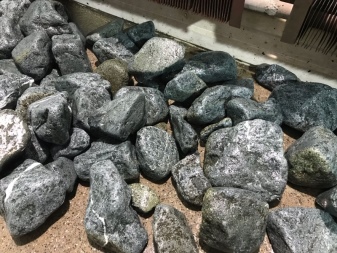

Diorite
The diorite variety of porphyrite contains a large number of additional elements: plagioclase, biotite, pyroxene, and amphibole. As for the color of stones belonging to this category, it can be very diverse: from bright scarlet and crimson colors to less pronounced shades of graphite and marsh.
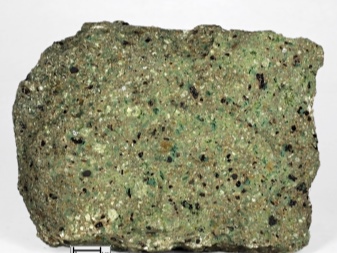

Gabbro
If we talk about the structure of this type of stone, then here the main volume is made up of pyroxenes and plagioclase. The color is fairly uniform - gray or black. However, shades and undertones may change.
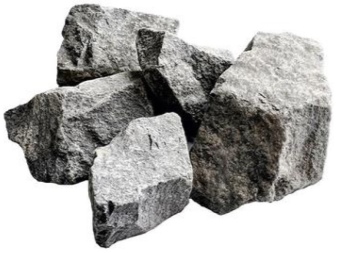
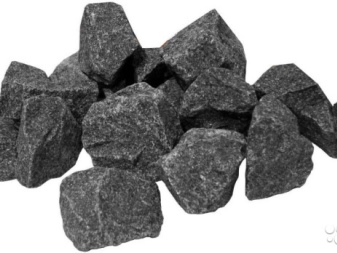
Diabase
This category differs from all others in its fine-grained grinding. Often, additional inclusions of the porphyry type, as well as albite, are found in the composition of diabase stones. The colors of the stone range in a rather dark and muted palette of browns and grays.

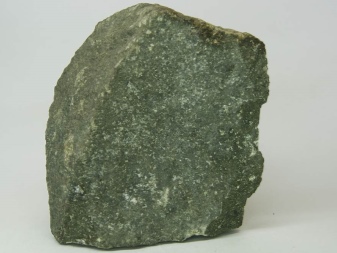
Pyroxene view
Porphyrite of this type does not contain such harmful components as radionuclides. Inside the stone, in general, there are no harmful compounds whatsoever. On the other hand, components such as magnesium, silicon and calcium can be distinguished in pyroxene porphyrite.
Nature has given us several varieties of porphyrite, differing in their appearance and internal composition, which, in turn, determine the properties of the stone.
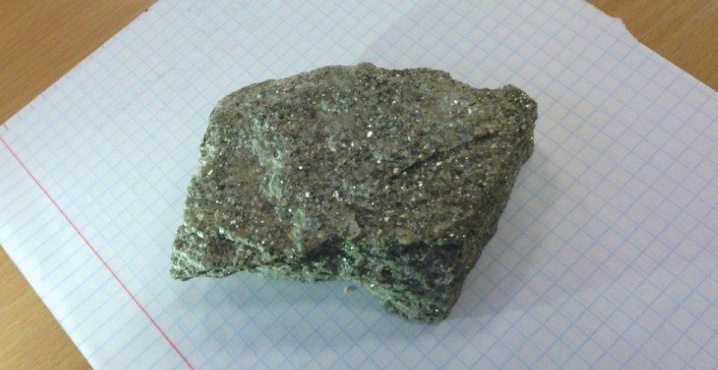
How is it used?
This mineral stone is highly valued and quite often used, being quite an important and necessary stone for a person.
Considering all the unique positive properties that porphyrite possesses, it has found wide application in various spheres and areas of human activity.
Obviously, most often this stone (even if it is chipped) is used for a bath or sauna. In particular, they are usually filled with heaters (special stoves) in these rooms. This use of the breed is due to:
- favorable properties that porphyrite can have on the human body;
- physical properties of the rock.

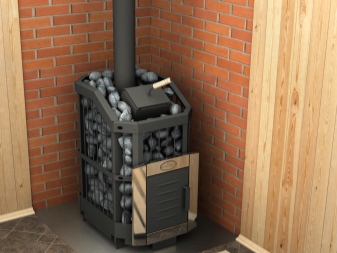
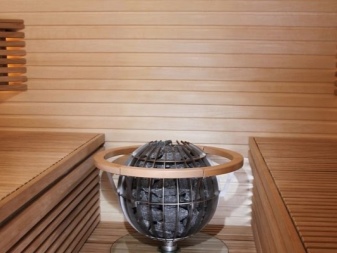

Since the stone is quite durable, it is able to withstand fluctuations and jumps in temperature, while not breaking or collapsing, but maintaining its structure and integrity.
And also porphyrite is actively used for construction purposes due to its physical characteristics, in particular, hardness. Moreover, such a building material can be used both in purely private and domestic, and in large-scale industrial and civil construction. For example, pedestrian paths in many parks are laid out with this stone. The mineral can be used for cladding facades and plinths of various buildings and structures.
Another area of use for the volcanic mineral is interior and room design. So, experts in this industry prefer porphyrite due to its resistance (porphyrite is an acid-resistant material). With the help of this mineral, a variety of ornaments and patterns are laid out on a variety of surfaces. They can be of the natural color of porphyry, but they can also stain the stone.
One of the unique properties of the stone is its self-cleaning. Due to this property, it is often used for paving gas stations and storage areas for petroleum products.


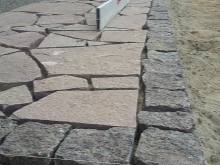
Porphyrite is a stone that is widespread, many of us meet and use it in everyday life without knowing it. This and its use in medicine, while visiting a bath, for facing and much more.
About stones for a bath - how to choose and which ones are better, see the next video.




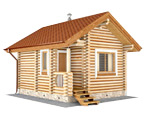
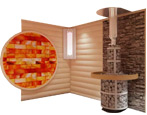
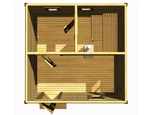
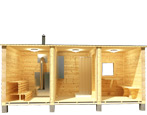
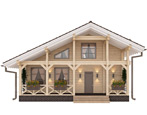



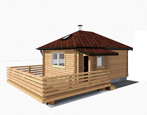

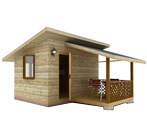

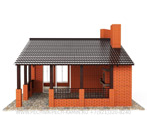
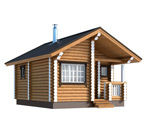
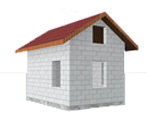

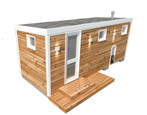
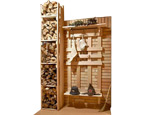

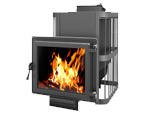
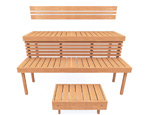
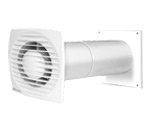

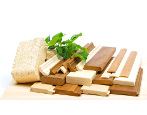

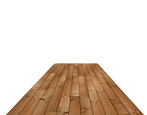
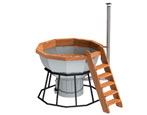
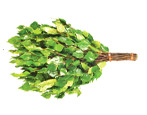
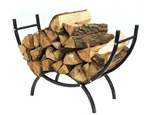
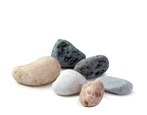
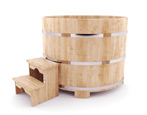
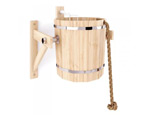
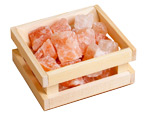
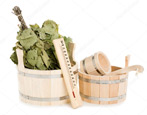

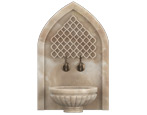

























































The comment was sent successfully.